“There is no Plan(et) B”: An Astronomer’s Ode to Earth
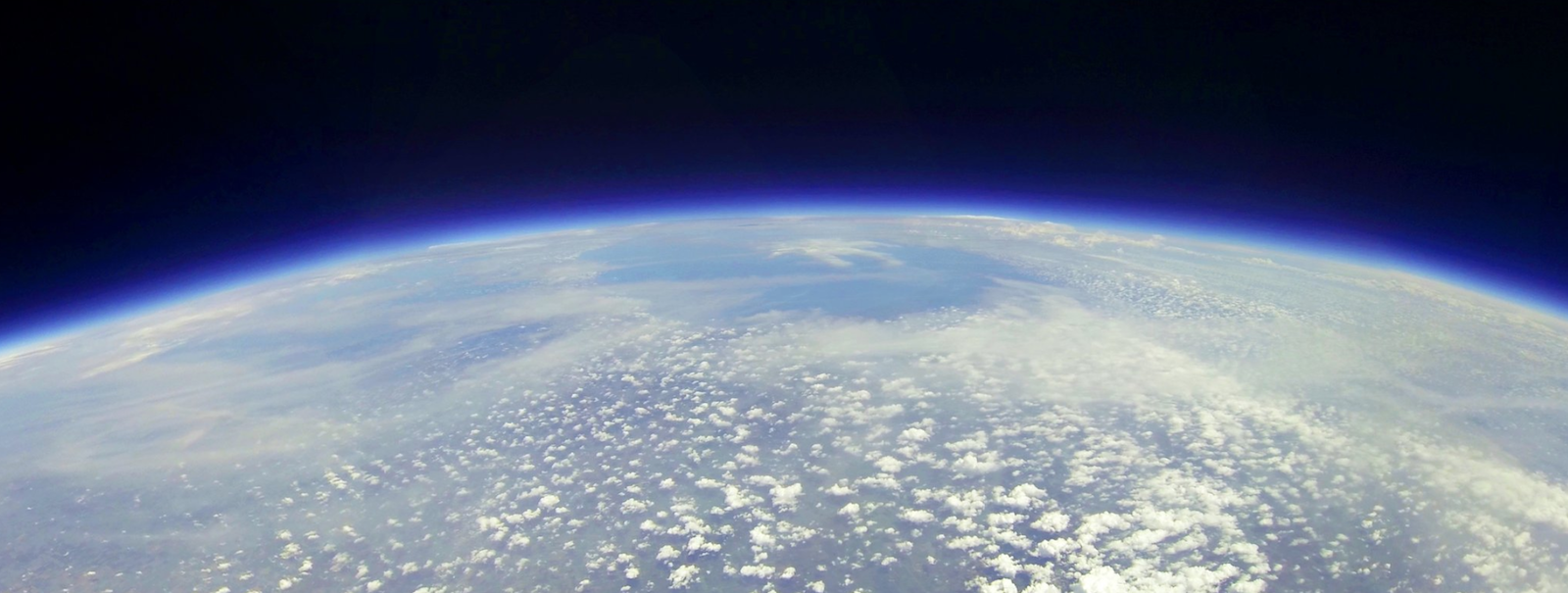
Featured image: our beautiful Earth taken from the edge of space by our very own Far Horizons team & Adler Teens!
As an astronomer who researches planets around other stars as well as the planets in our Solar System, I often get asked: “What’s your favorite planet?” I think many people expect that I’ll name some far-flung exoplanet system discovered by the Kepler Mission, or that I’ll say Mars. But I have to answer honestly: my favorite planet is Earth!
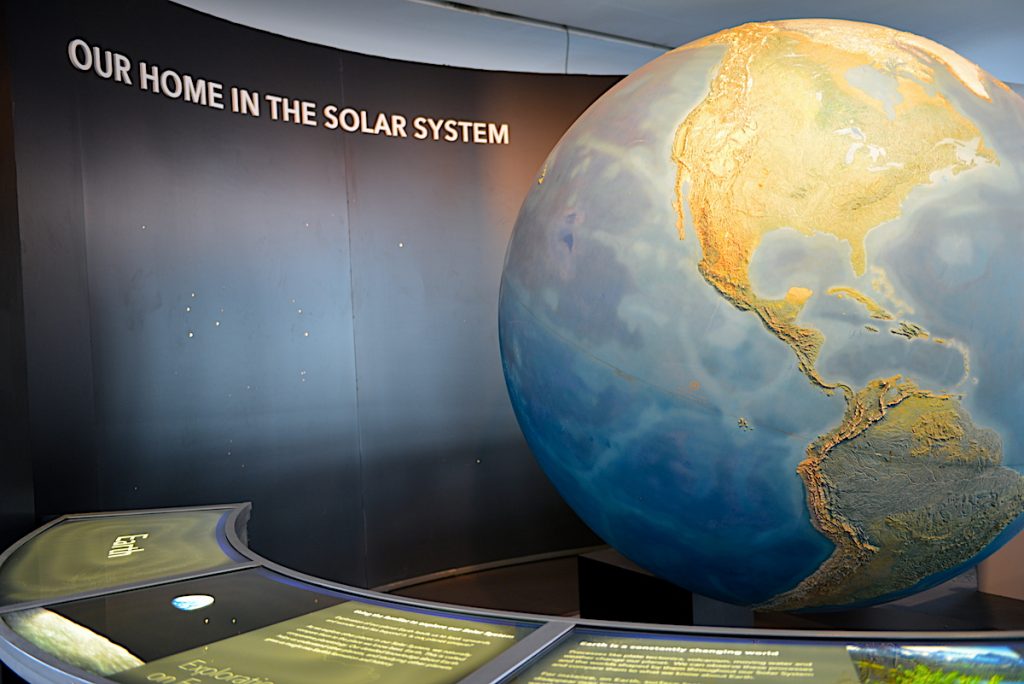
The science I do is driven by the search for life beyond Earth—I’m curious about whether life is out there, what it might be like, and of course the big question: can we find it? If so, how? This curiosity has led me to think deeply about all the places on Earth that we find life, especially how different or similar those places might be to where we look for life elsewhere in the universe.
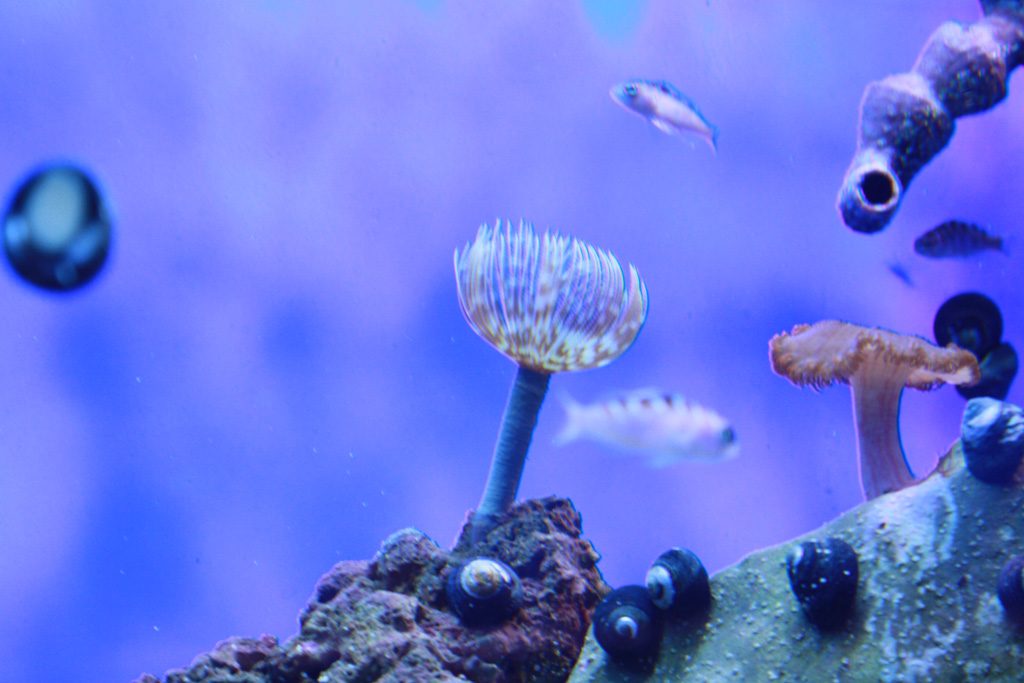
For example, we often talk about the planets we discover around other stars in terms of whether they’re in the so-called “habitable zone”, the orbit where a planet gets just enough warmth from its parent star that it could have liquid water on its surface (for this reason, the habitable zone is also sometimes called the “Goldilocks zone”: not too hot, not too cold!). If you were an alien astronomer looking at our planetary system from afar, you’d see that Earth is in the habitable zone. You’d also see that our cousins, Mars and Venus, were nearby—and you might guess that they’re a little too cold, and a bit too hot, respectively.
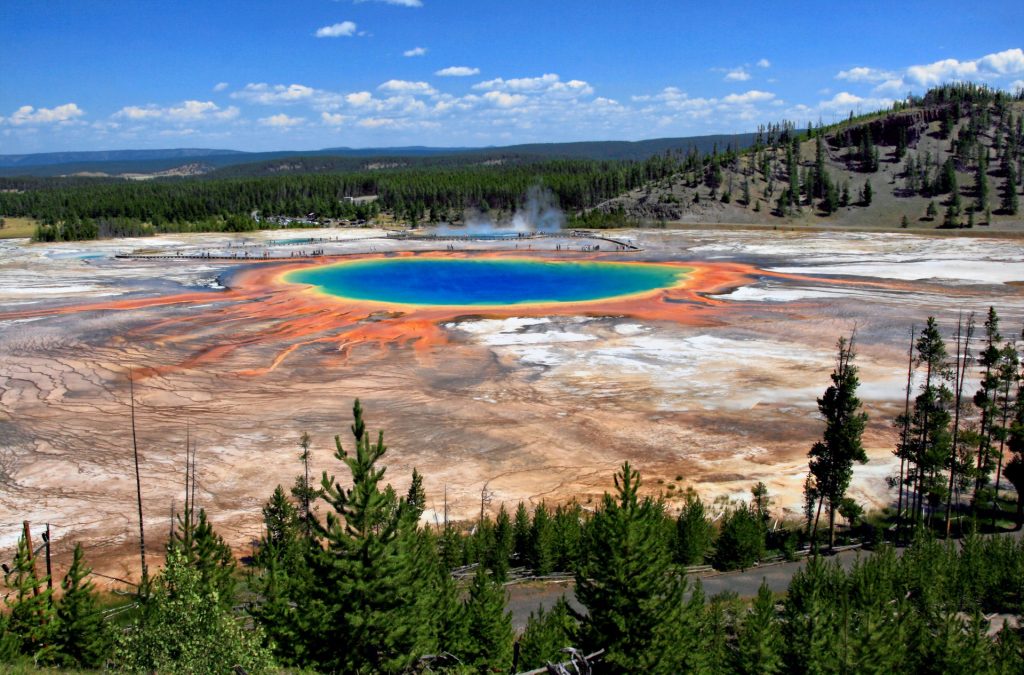
However, the alien astronomer might never guess just from looking at Earth, Venus, and Mars, that only Earth teems with life! Life on Earth lives in all kinds of places—from the driest deserts in Chile, to boiling, acidic pools of mud in Yellowstone National Park, to the bottom of the ocean, to the Chernobyl nuclear site—places that would even be deadly to humans. That alien astronomer might also not guess that Venus isn’t just a little warmer than Earth, it’s some 800 degrees! Venus’ thick atmosphere creates what we call a “runaway greenhouse” effect, where the atmosphere traps heat and makes it a very unpleasant place. Similarly, the alien astronomer might also not know that Mars is chilly because of its thin, cold atmosphere, which doesn’t provide much insulation at all these days (though in the past, Mars likely had a thicker atmosphere, and was a lot more hospitable). Both Venus and Mars are places within our own solar system that could also have been home to life, but lost their habitability at some point in the past.
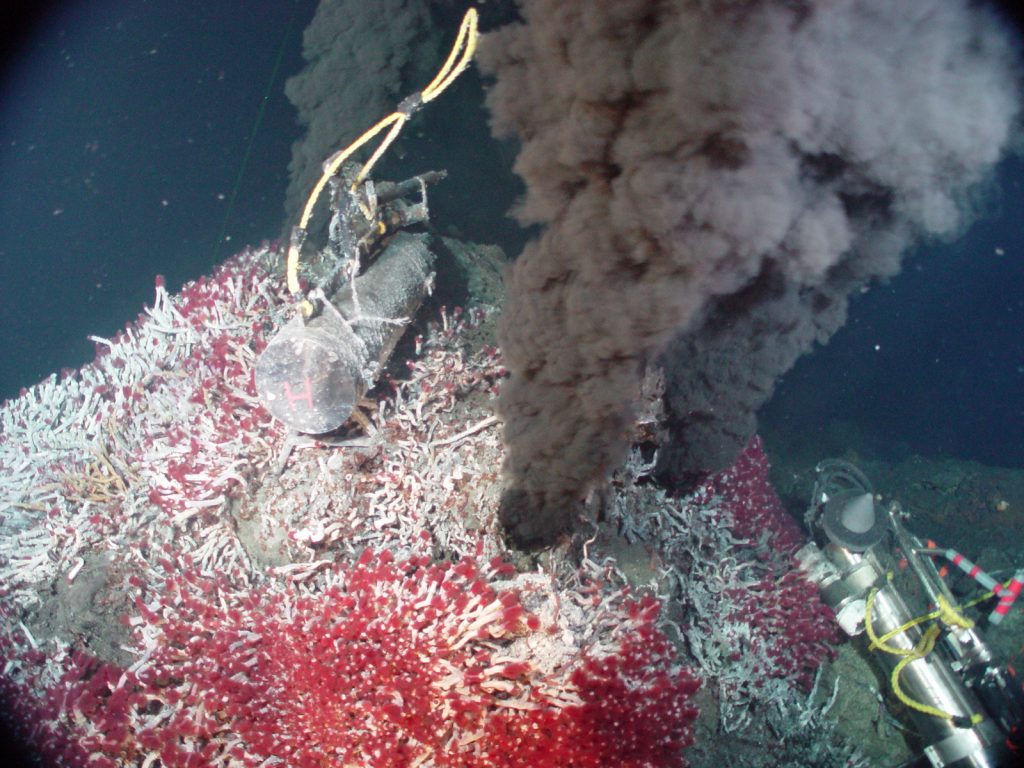
The Sully Vent in the Main Endeavour Vent Field, NE Pacific. Those white and red tendrils are actually tube worms living around the vent. (Credit: NOAA)
The beautiful diversity of life on Earth and the many places life can exist and thrive gives me a lot of hope that we’ll find life out beyond our planet someday. At the same time, my research also gives me a very deep appreciation of our own Planet Earth and all it can teach us. The fact that our planet provides such a supportive environment for life is part of why we have astronomy—life that builds technology not just to survive, but to wonder. Even if humans one day live on other worlds like Mars, they will still likely rely on Earth to provide supplies, and Earth will always be the planet that made space exploration possible to begin with. For not only the good of humanity, but for all the species of life that flourish here with us, let’s take this Earth Day to remember: there is no Plan(et) B.






